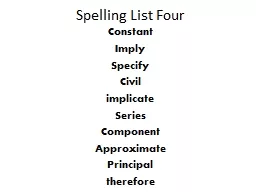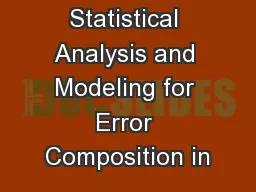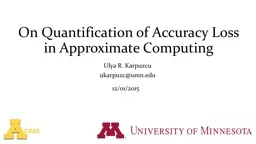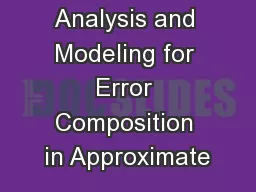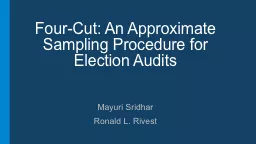PPT-Reconstructing approximate
Author : ellena-manuel | Published Date : 2016-06-25
phylogenetic trees from quartet samples Raphael Yuster Joint work with Sagi Snir SODA10 2 The problem formulation and definitions The study of evolution and the
Presentation Embed Code
Download Presentation
Download Presentation The PPT/PDF document "Reconstructing approximate" is the property of its rightful owner. Permission is granted to download and print the materials on this website for personal, non-commercial use only, and to display it on your personal computer provided you do not modify the materials and that you retain all copyright notices contained in the materials. By downloading content from our website, you accept the terms of this agreement.
Reconstructing approximate: Transcript
Download Rules Of Document
"Reconstructing approximate"The content belongs to its owner. You may download and print it for personal use, without modification, and keep all copyright notices. By downloading, you agree to these terms.
Related Documents






